Megalithic Temples in Malta: The Oldest in the World
Malta’s prehistoric megalithic Temples are considered to be among the earliest temples in civilization, dating back to before the Pyramids of Egypt and the Stonehenge stone structures.
These impressive buildings have been designed for three different ages, approximately between 3600 BC and 700 BC, and some are UNESCO World Heritage Sites. Many tourists come to Malta to witness these magnificent temples mostly built from coralline rock and globigerina limestone.
Ggantija (Gozo)
This Templar complex, formed by two adjacent temples, represents the oldest example of the megalithic temple of the archipelago, dating back to a period between 3600 and 3000 BC, thus built before the famous Stonehenge.
Behind these temples lies a sequence of extraordinary historical events. For starters, the name Ġgantija is derived from the word ‘ġgant’, Maltese for giant since Gozitans held the belief that a race of giants was responsible for building the temples.
This comes as no surprise once you behold the megalithic limestone blocks from which the temples were constructed, weighing over fifty tons and exceeding five metres in height. Built with flint and obsidian and enclosed within a wall circuit, the temples had to accommodate propitiatory rites. At the front of the temples, there is a large terrace which was likely used for ceremonies.
In fact, remains of animal bones which were discovered on-site and the use of fire as evidenced by the presence of stone hearths, suggest that there used to be some sort of ritual that involved animal sacrifice. After the temples fell into disuse around 2500 BC, they were not fully revealed to modern civilization until the nineteenth century.
Hagar Qim
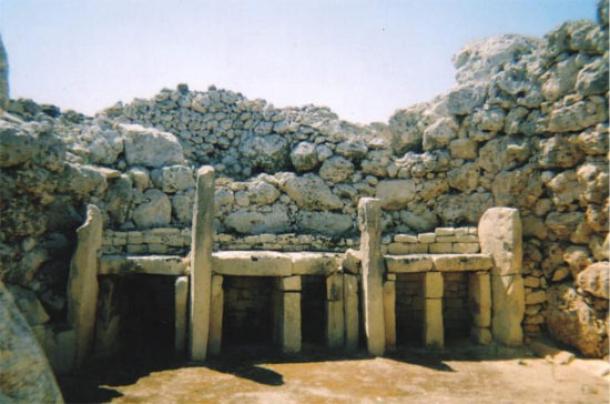
This copper age temple was built around 2700 BC but was already undergoing various modifications in the first period. A monolith outside the temple was interpreted as a symbol of phallic worship that probably lived in the temple.
Hal Saflieni Hypogeum
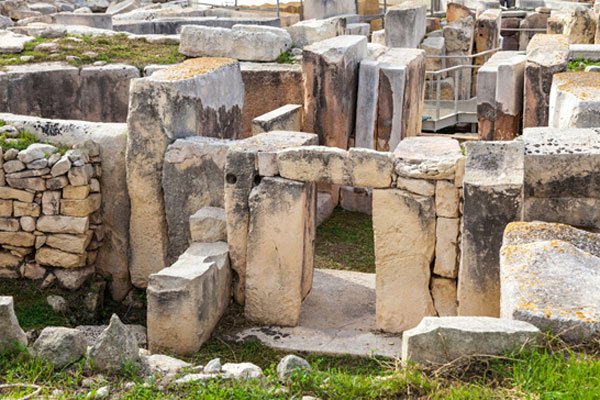
This template complex is articulated on three underground levels that push up to 12 m deep. Built-in different stages, between 3000 and 2000 BC. Hal Saflieni is noted for an incredibly modern spiral staircase in shapes and design. In the second level lie the rooms of the greatest times, that is, the Oracle Room and Sancta Sanctorum.
Mnajdra
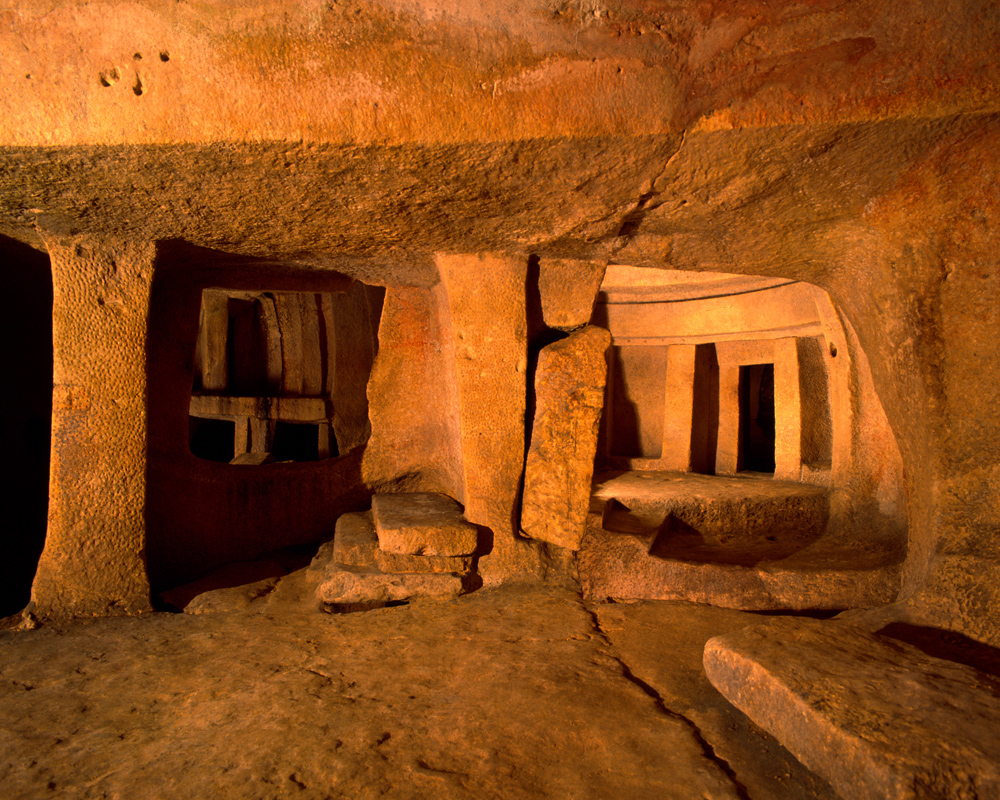
The best preserved of the three Mnajdra temples and interesting for the secret rooms that are hidden in the thickness of the walls. And it is likely that in this temple a curative cult has been practised because there have been models of anatomical parts of the terracotta human body with symptoms of infirmity.
Tarxien
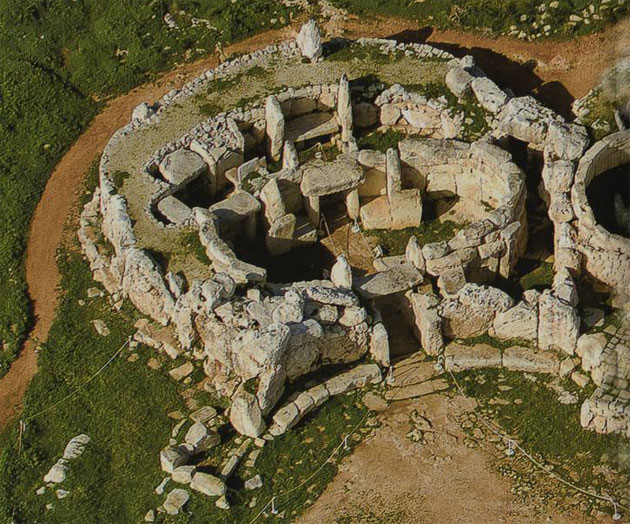
The first temple and the oldest dates back to 2200 BC, while the most recent dates back to 400 years later. Within these temples was discovered the most colossal stone statue of the time: originally a height of 2.50 m, this statue, which presumably represents a Mother Goddess, was divided into half and the part is now missing.
Tas-Silg
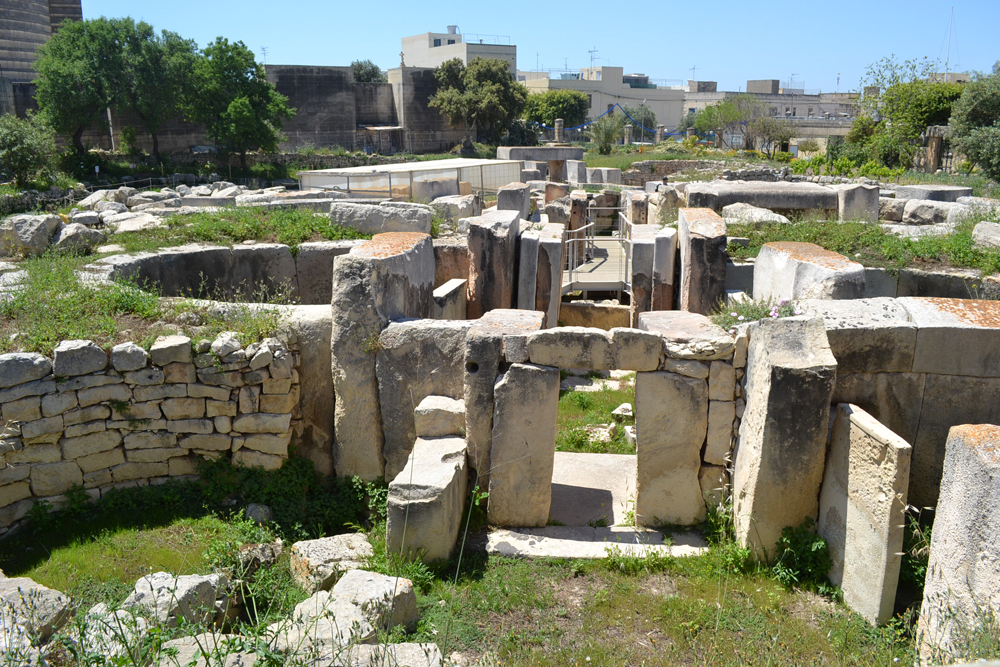
Tas Silg represents an ancient place of worship (IV millennium BC) characterized by continuous use of, particularly long time. In addition to the remains of structures dating back to the earliest times, evidence was found that even the Phoenicians had re-used this Templar complex.
Skorba Temples
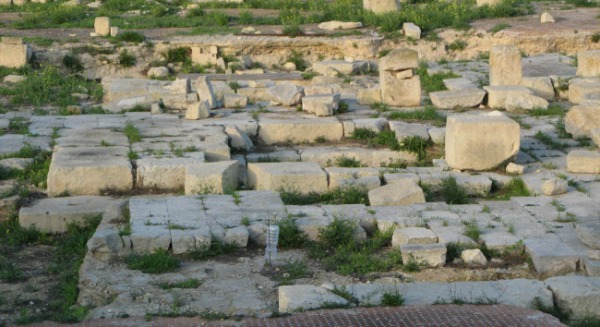
Skorba is an archaeological site situated in Mgarr Malta, only a couple of kilometre removed from Ta Hagrat. The site consists of prehistoric structures that illustrate the life of the first settlers on the Maltese Island.
These temples were excavated in the 1960s by David Trump, who had discovered the remains of 2 megalithic temples in the excavation, one of which was built around the same time as the Ggantija Temples (3,150-2,500 BC), and the other around the Tarxien Temples (3,600-3,200 BC).
However, the earliest remains that consist of a wall, date back to the Ghar Dalam phase (5,000-4,300 BC) as it was discovered that Skorba was occupied before the temples were built. Next to this wall were remains of wheat, lentil and barley seeds along with pottery, animal bone and stone tools.
Additionally, remains of domestic huts where temple builders used to dwell were discovered on-site, some of which date back to the Temple Period (i.e. before 3600 BC), which makes them one of the oldest structures on the Islands.
Within these huts, various structures including female figures and goat skulls were found and are thought to have been used as some kind of shrine. The temples were recognised as an archaeological a UNESCO World Heritage Site in 1992, and due to them being small and fragile, only 15 guests are allowed in at a time. Nonetheless, the Skorba Temples are definitely not to be missed!

In between visiting these important historic sites why not stay at our hotel in Malta and enjoy one of our luxury suites?
And if you’re looking for some more places of interest we have plenty of palaces that worth a visit and come summer it’s always worth checking out a typical Maltese Festa.





